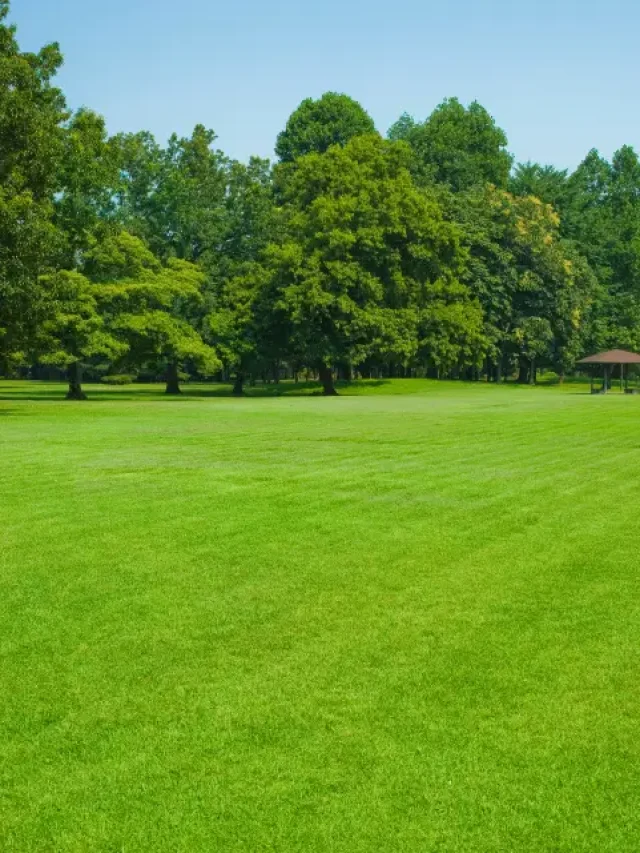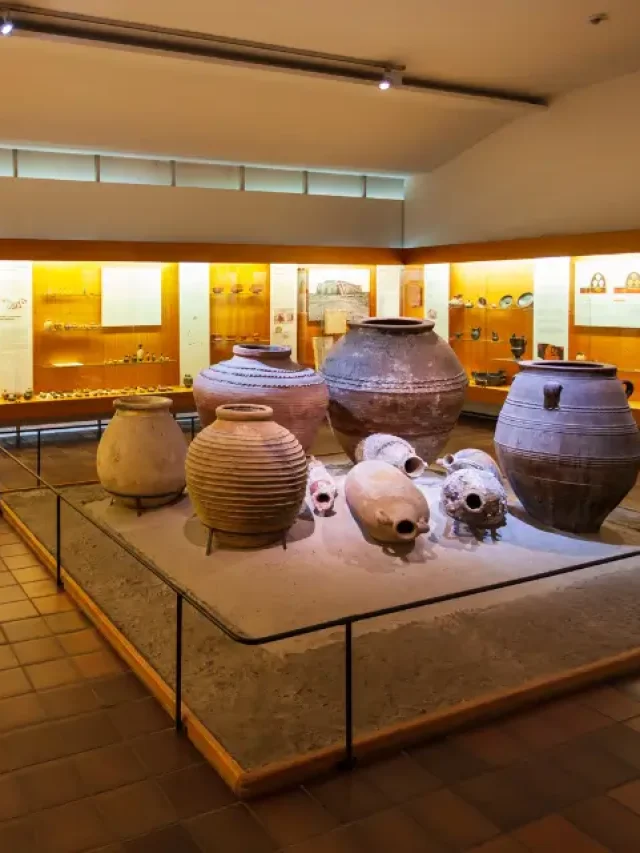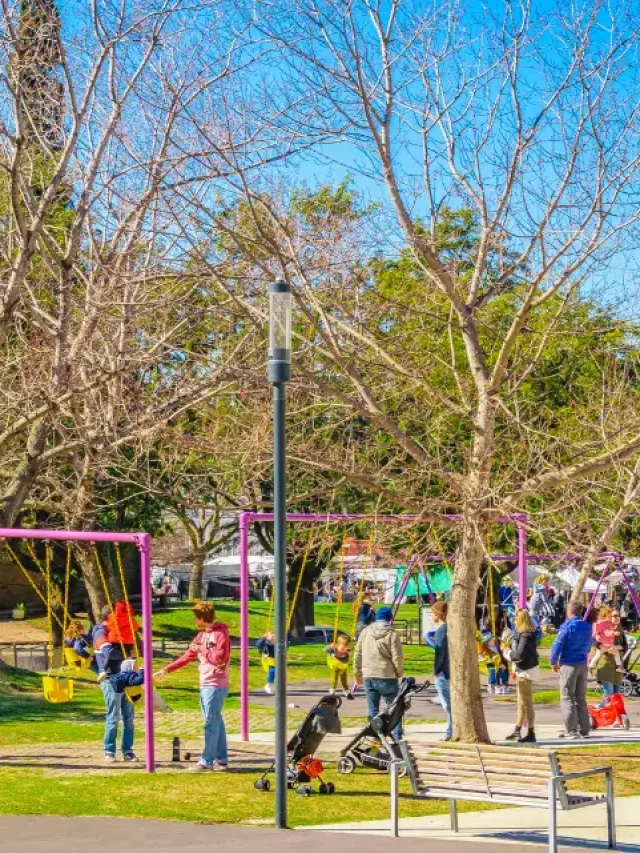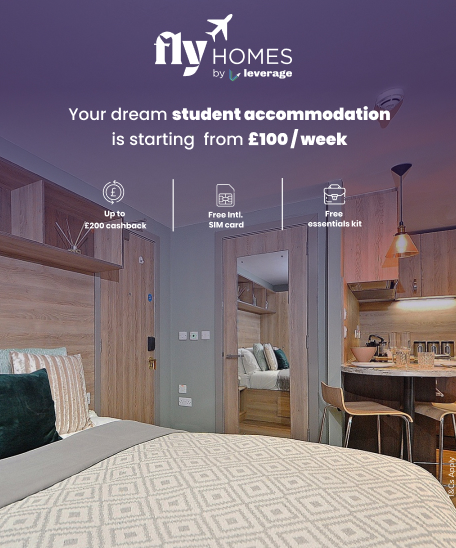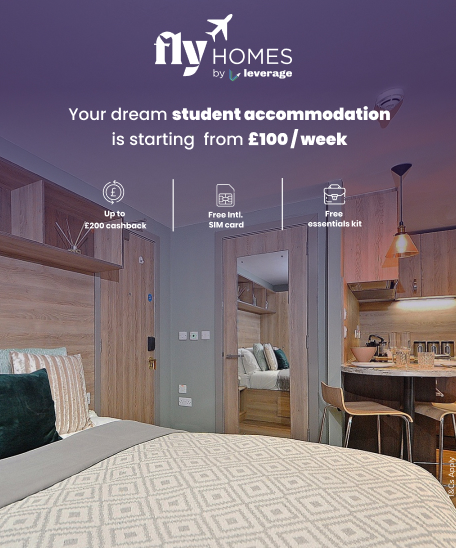Want to study MBBS abroad without burning a hole in your pocket? Norway could be your perfect destination! Known for its world-class education and tuition-free public universities, Norway offers an excellent opportunity for international students to pursue MBBS at minimal cost.
Imagine studying medicine in a scenic country, surrounded by fjords and modern facilities, without hefty tuition fees! In this guide, we’ll explore how to study MBBS in Norway for free, eligibility requirements, top universities, and everything you need to know to make your medical dreams a reality in Norway.
Table of Contents
How to Study MBBS in Norway for Free?
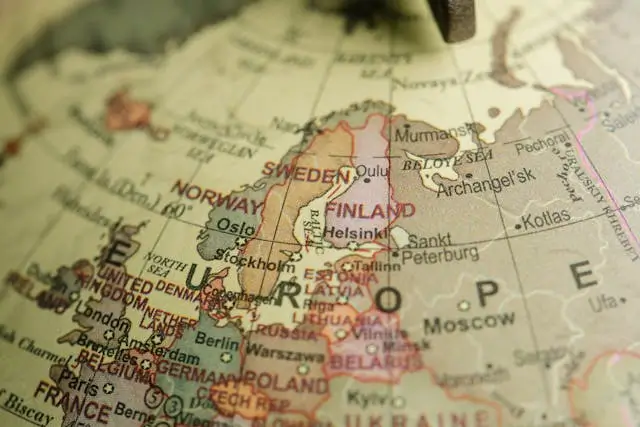
If you want to become a doctor and are looking for affordable options abroad, Norway might be the perfect choice for you. The public universities in Norway offer free education, even for international students. But there’s a catch: you’ll need to plan smartly and meet certain requirements. Let’s break it down.
1. Understand the Structure: Norway does not offer a program called “MBBS” (like in India or other South Asian countries). Instead, you’ll be enrolling in a Medicine program (usually called “Medicine (MD)”) which lasts for 6 years and leads to a degree equivalent to MBBS.
2. Choose a Public University: Look for top public universities like:
- University of Oslo
- Norwegian University of Science and Technology (NTNU)
- University of Bergen
These universities do not charge tuition fees, but you’ll need to cover your living expenses.
3. Meet the Entry Requirements: To apply, you must have:
- A high school certificate equivalent to Norwegian upper secondary education.
- Strong grades in Biology, Chemistry, Physics, and Mathematics.
- Proof of English or Norwegian language proficiency (depending on the program).
4. Language Requirement: Most medical programs in Norway are taught in Norwegian, so you’ll need to:
- Complete a Norwegian language course (1-year intensive programs are available).
- Pass a language proficiency test (like Bergenstest).
5. Living Cost Support: Although tuition is free, living in Norway can be expensive—about NOK 120,000 per year (~INR 9-10 lakhs). You can reduce costs by:
- Applying for scholarships like Quota Scheme (if available).
- Working part-time (up to 20 hours/week on a student visa).
- Staying in student housing is more affordable.
Pro Tip: Start preparing early—especially for the language! Learning Norwegian will not only help you get into the program but also make internships and hospital training easier.
Also Read:
- Pros and Cons of Living in Norway: Cost, Climate, and Lifestyle
- Cheap Accounting Courses in Canada for International Students in 2025
Top Medical Universities in Norway
If you’re thinking about studying medicine in a country known for quality education and beautiful landscapes, Norway should be on your list. One of the best things about Norway? Public universities offer tuition-free education — even for international students. Here are some of the top public universities in Norway that offer medical degrees:
1. University of Oslo – Faculty of Medicine
Established in 1814, the University of Oslo’s Faculty of Medicine is Norway’s oldest and largest medical faculty. It comprises three institutes and one center: the Institute of Clinical Medicine, the Institute of Basic Medical Science, the Institute of Health and Society, and the Centre for Molecular Medicine Norway (NCMM).
The faculty offers a comprehensive medical program, including studies in clinical nutrition, health management, international community health, interdisciplinary health research, public health, and epidemiology. With approximately 2,200 students and 1,400 PhD candidates, the faculty is affiliated with Oslo University Hospital, one of Europe’s largest medical research institutions.
| Detail | Information |
| Location | Oslo, Norway |
| Tuition Fees | Free (Public University) |
| Programs Offered | Medicine, Clinical Nutrition, Public Health, Epidemiology, Health Management |
| Affiliated Hospital | Oslo University Hospital |
| Global Ranking | QS World Ranking 2024: #117 |
| Student Population | Approximately 2,200 students; 1,400 PhD candidates |
| Language of Instruction | Norwegian (with some programs in English) |
2. University of Bergen – Faculty of Medicine
The University of Bergen’s Faculty of Medicine is one of seven faculties at the university, hosting around 1,900 students. It consists of five departments that provide the foundation for its teaching and research activities. The faculty offers courses and degrees at Bachelor’s, Master’s, and PhD levels.
Students who complete the cand. A medical degree can be applied for admission to Ph.D. studies. Before candidates can be granted authorization as medical practitioners, they must complete a total of one and a half years of medical internships in hospitals and in the municipal health service after completing the medical degree program.
| Detail | Information |
| Location | Bergen, Norway |
| Tuition Fees | Free (Public University) |
| Programs Offered | Bachelor’s, Master’s, and PhD programs in Medicine |
| Internship Requirement | 1.5 years post-degree in hospitals and municipal health services |
| Student Population | Approximately 1,900 students |
| Language of Instruction | Norwegian |
3. Norwegian University of Science and Technology (NTNU) – Faculty of Medicine and Health Sciences
NTNU’s Faculty of Medicine and Health Sciences is a prominent institution in Trondheim, Norway. The university hosts several national centers of excellence and research centers, including the Kavli Institute for Systems Neuroscience.
NTNU offers more than 60 international master’s programs and PhD programs, all taught in English. While there are no tuition fees for Norwegian and EU students, international students must pay a semester fee and guarantee their living expenses if not offered a scholarship.
| Detail | Information |
| Location | Trondheim, Norway |
| Tuition Fees | Free (Public University) |
| Programs Offered | Medicine, Health Sciences, Neuroscience, Public Health |
| Research Centers | Kavli Institute for Systems Neuroscience, HUNT Research Centre |
| Language of Instruction | Norwegian (with some programs in English) |
Also Read:
How to Apply to Medical Universities in Norway to Study for Free?

If you want to study MBBS in Norway for free, you need to apply to public universities that offer medical programs. Here’s a clear step-by-step guide to help you through the process:
Step 1: Research the Universities: Look for public universities in Norway that offer medical degrees (MBBS or equivalent). Top universities include:
- University of Oslo
- University of Bergen
- Norwegian University of Science and Technology (NTNU)
Most medical courses are taught in Norwegian, so make sure to check the language of instruction.
Step 2: Learn the Norwegian Language: To study MBBS in Norway, you must know Norwegian. Most programs require you to pass the Norwegian Language Test (Bergenstesten) or complete a one-year Norwegian language course.
Step 3: Check the Eligibility Criteria: Make sure you meet the basic admission requirements of the universities in which you want to apply:
- 13 years of schooling (equivalent to Norwegian upper secondary school)
- Science subjects (Biology, Chemistry, Physics) in 11th and 12th grade
- Good academic records
- Language proficiency (IELTS for English-taught preparatory courses or Bergenstesten for Norwegian-taught MBBS)
Step 4: Prepare the Required Documents: Here are some of the documents that are required to apply to the public medical universities. These documents are:
- Academic transcripts and certificates
- Proof of language proficiency (IELTS/Norwegian)
- Passport copy
- Statement of Purpose (SOP)
- Letters of Recommendation
- CV/Resume
Step 5: Apply Online: Apply directly on the university’s official website or through the Norwegian Universities and Colleges Admission Service (NUCAS). Application deadlines are usually between October and December for courses starting in August.
Step 6: Apply for a Study Visa: Once you receive your admission offer, apply for a Norwegian Student Visa (Study Permit) by submitting the following documents:
- Admission letter
- Proof of funds (~NOK 137,907/year or ~USD 12,000)
- Accommodation details
Step 7: Travel and Begin Your Studies: After getting your visa, you’re ready to move to Norway. Join any mandatory language programs (if needed), attend orientation, and start your medical education.
Scholarships and Financial Aid for MBBS Students in Norway
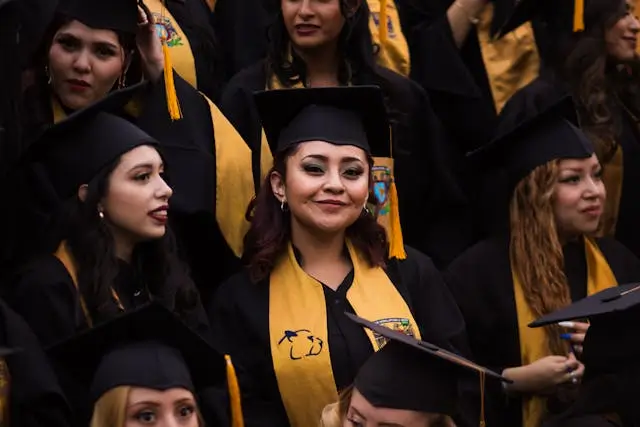
Studying MBBS in Norway can be affordable, especially with the right scholarships and financial help. Most public universities in Norway don’t charge tuition fees, even for international students. However, you may still need funds for living expenses. Here are some of the scholarships that students can apply for MBBS in Norway.
| Scholarship/Funding | Eligibility | Benefits | Where to Apply/Check |
| Norwegian Government Scholarships | Students from developing countries (via NORPART/Norad) | Partial or full funding (varies by program) | Norwegian Directorate for Higher Education |
| Erasmus+ Opportunities | EU/EEA students | Monthly allowance, exchange opportunities | Home university’s Erasmus+ office or Erasmus+ website |
| Merit-based Scholarships | High academic achievers | Tuition discounts or full scholarships | Individual university scholarship pages |
| Research Assistantships | Students involved in research projects | Monthly stipend or tuition coverage | University departments during/after admission |
| Need-based Financial Aid | Students with proven financial hardship | Living cost support, partial fee waivers | University financial aid office |
Cost-Saving Tips for International Students
Here are some ways to save money while you study MBBS in Norway for free:
- Apply early for affordable student housing
- Use student discounts on transport and meals
- Cook your own meals instead of eating out
- Work part-time (up to 20 hours/week allowed with a student visa)
- Buy used textbooks or borrow from libraries
Studying MBBS in Norway for free is a great opportunity for international students. With tuition-free education, scholarships, and manageable living costs, Norway makes quality medical education accessible. By planning well and using available resources, you can achieve your dream of becoming a doctor without heavy financial stress. It’s a smart choice for a brighter future in medicine.
Hope you liked reading our blog about studying MBBS in Norway for free. For a stress-free stay during your study abroad adventure, choose Fly Homes. Call 1800572118 to reserve your ideal accommodation abroad with ease.
FAQs
Yes, public universities in Norway do not charge tuition fees, even for international students. However, you must cover your living expenses. If you plan smartly and apply for scholarships or part-time jobs, you can manage your studies in Norway almost free of cost.
Most undergraduate medical programs, including MBBS, are taught in Norwegian. You need to learn the language and pass a Norwegian proficiency test. However, some master’s or PhD-level courses are available in English, especially in health and biomedical sciences.
To study medicine in Norway, you must complete 13 years of education (equivalent to Norwegian upper secondary school), have strong grades in science subjects, and prove Norwegian language proficiency. For postgraduate studies, you’ll need a relevant bachelor’s degree and English proficiency (like IELTS/TOEFL).
Yes, Norway offers scholarships through the Norwegian government, Erasmus+, and specific universities. These may cover part of your living expenses. However, they rarely cover medical tuition directly since education is already tuition-free at public universities.
Yes, international students in Norway can work up to 20 hours per week during the semester and full-time during holidays. This helps manage living expenses while studying MBBS, especially if you don’t have full scholarships.
Living expenses in Norway range between NOK 10,000 to 12,000 per month (around USD 900–1,100). This includes accommodation, food, transport, and other costs. You can save money by living in student housing and using public transport.
Top universities include the University of Oslo, University of Bergen, and Norwegian University of Science and Technology (NTNU). They offer medical degrees that are internationally recognised and research-focused.
Yes, most MBBS programs are taught in Norwegian. You’ll need to pass a language proficiency exam like the Bergenstesten. Learning Norwegian is also essential for communicating with patients during clinical training.
Yes, a medical degree from a Norwegian university is globally recognized. You may need to take licensing exams if you plan to practice in countries like the USA, UK, or India, depending on their medical council requirements.
You can apply through the official university website or the Norwegian central admission service (Samordna opptak). Make sure to meet the academic and language requirements, and prepare your documents early. Application deadlines usually fall between December and March for the following academic year.
Follow Us on Social Media
















